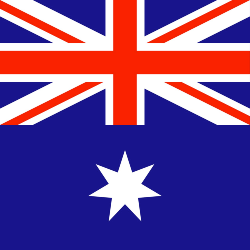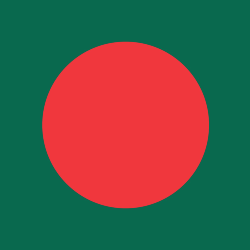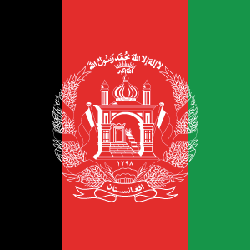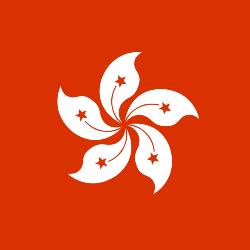Hindu nationalism overtakes India’s patriotic holiday
Sign up
Every year on Jan. 26 — Republic Day, commemorating India’s constitution — the streets are overwhelmed with the Indian tricolor flag. Malls, apartment complexes, offices, auto rickshaws, street sellers and schools all fly it. At every traffic signal, a hawker urges you to buy the Indian flag or other patriotic accessories.
Not this year.
Throughout India, the flags that dominated Republic Day were saffron, the color of Hindu nationalism. That’s because Prime Minister Narendra Modi inaugurated a grand Ram temple four days earlier in the northern city of Ayodhya on the site of a demolished mosque, a potent symbol of the country’s turn toward a Hindu-centric republic.
The site of the new temple has a fraught history. About 30 years ago, when Modi was a Hindu nationalist leader in western India, he galvanized the movement to destroy the Babri Masjid, the centuries-old mosque that had stood on the spot. He gave speeches in support of replacing the mosque with a temple to the Hindu god Ram, who believers think was born there.
On Dec. 6, 1992, a Hindu mob destroyed the mosque with axes, hammers and their bare hands as security forces stood by and watched. Though a court ruled the violence was “an egregious violation of the rule of law,” no one was held to account for it. More than 1,000 people were killed in the communal carnage that followed. Then, in 2019, the Supreme Court ruled in favor of the........
© Washington Post






















 Toi Staff
Toi Staff Belen Fernandez
Belen Fernandez Gideon Levy
Gideon Levy Andrew Mitrovica
Andrew Mitrovica Tarik Cyril Amar
Tarik Cyril Amar Rachel Marsden
Rachel Marsden Warren J. Blumenfeld
Warren J. Blumenfeld Dr Ramzy Baroud
Dr Ramzy Baroud Patrick Gathara
Patrick Gathara Brad Glosserman
Brad Glosserman
